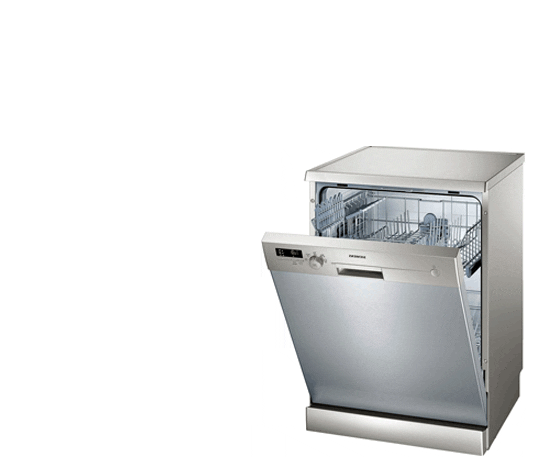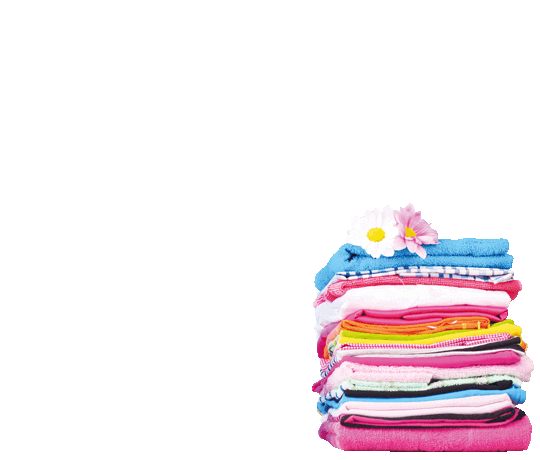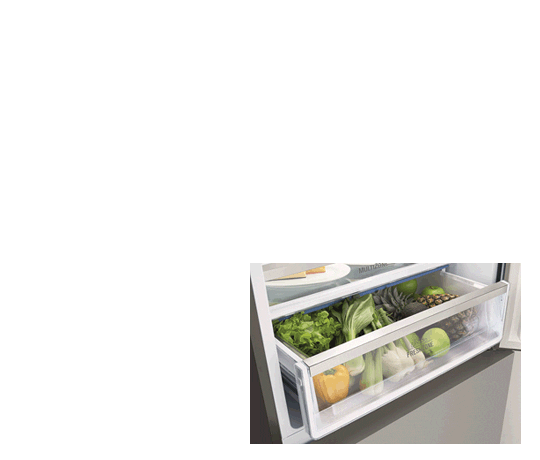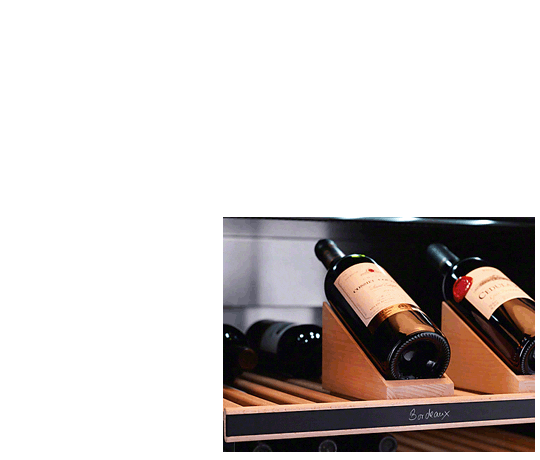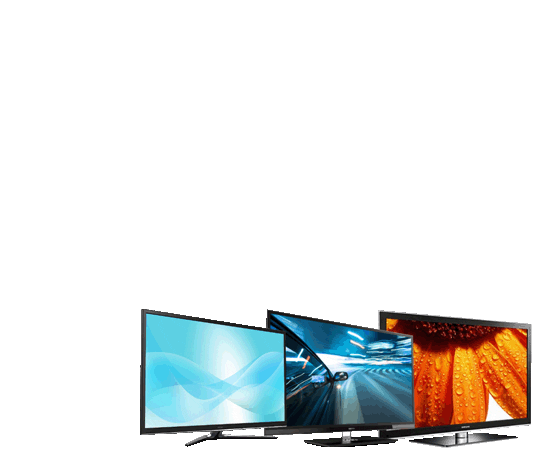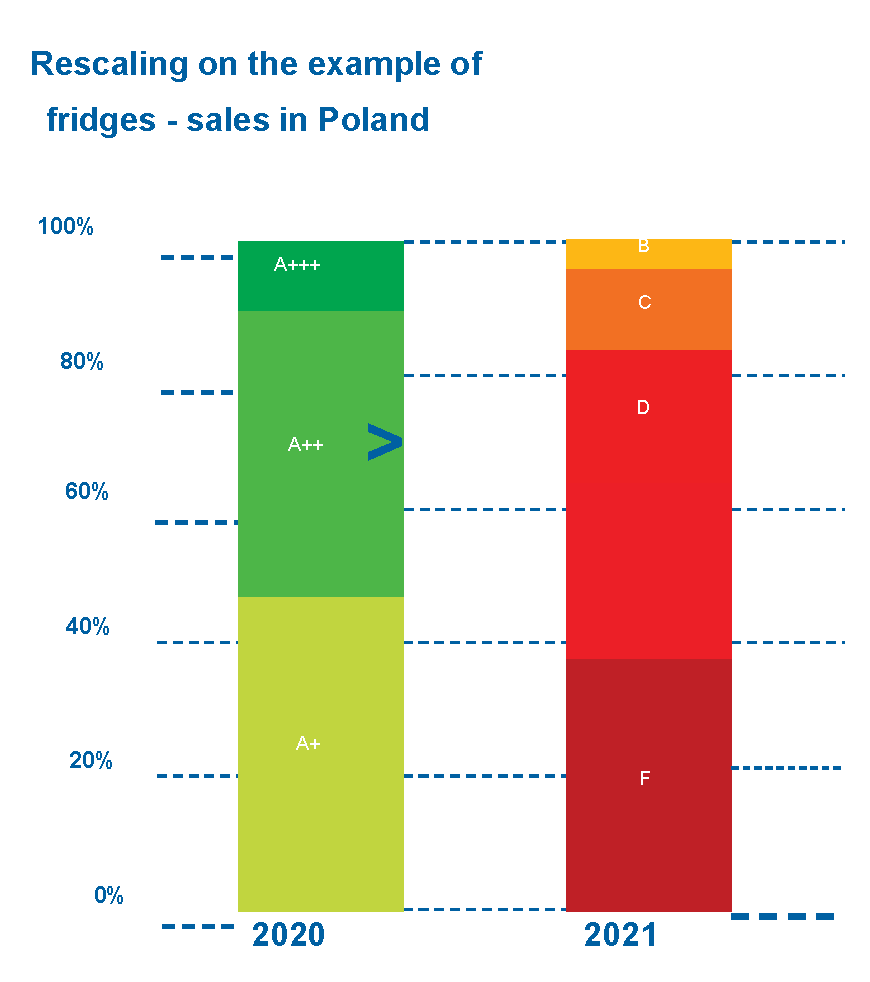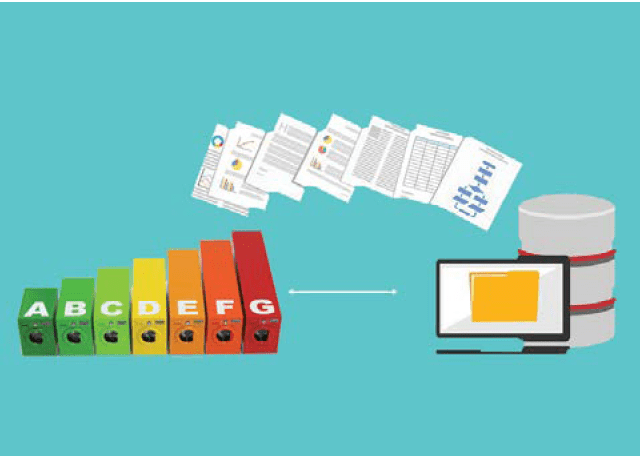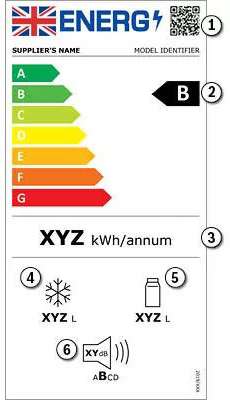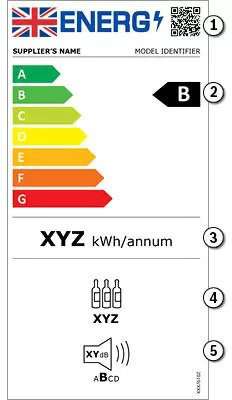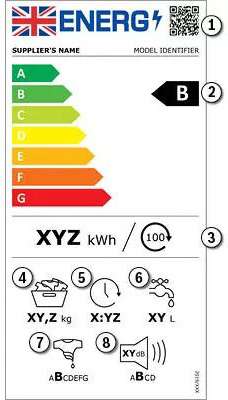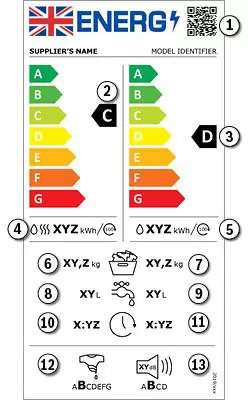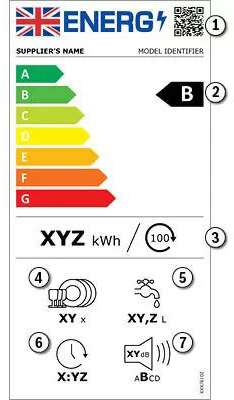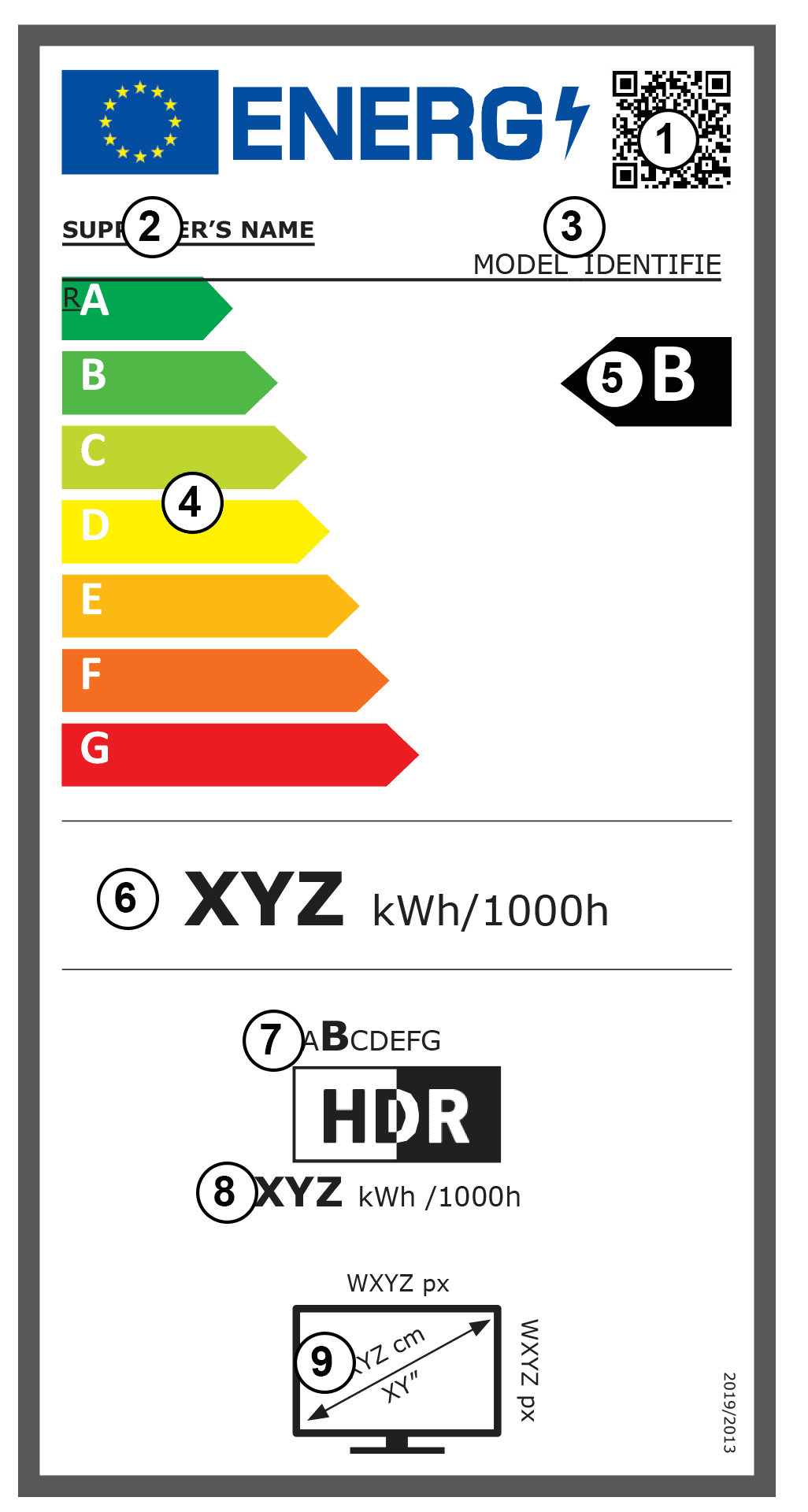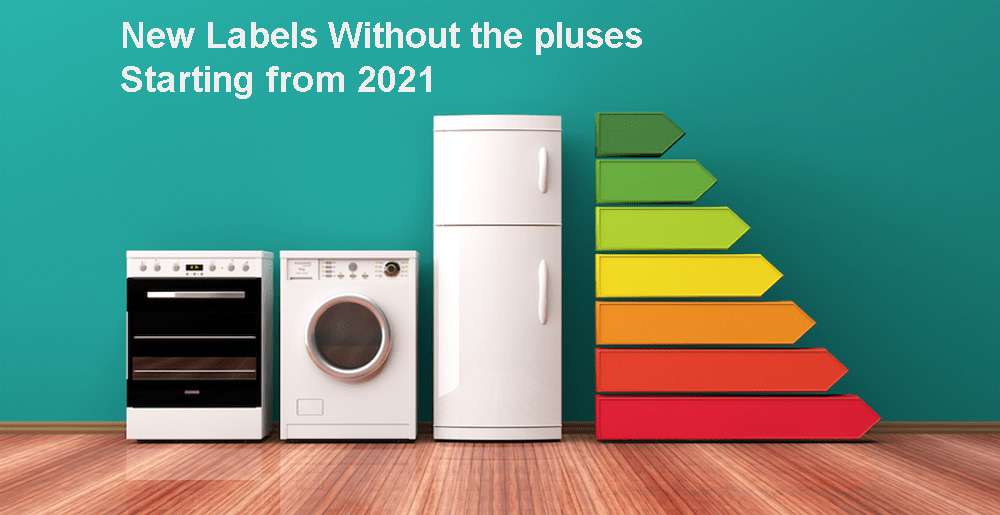
Energy labels are a tool developed by the European Union to promote appliances friendly for the environment. They are recognized by 93% of EU consumers.
The first stickers were introduced for refrigerating appliances back in the 90’.Thanks to sector innovations, home appliances kept getting better classes, and when the scale ended, more levels were added, higher than the highest class A: A+, A++, A+++.
In order to provide room for further technological progress, the EU decided to liquidate the pluses and return to the original scale: from A to G.
Changes are to be implemented in 2021, but not all labelled product groups will be affected. The new rules are to ensure better label legibility for consumers (by eliminating the pluses from the label) as well as ensuring innovation and room for even more efficient products in the future by leaving class A “empty”.
• Washing machines
• Washer-dryers
• Refrigerators
• Freezers
• TV
Other appliances cookers, ovens, extraction hoods, clothes dryers, vacuum cleaners, air conditioners and heating appliances will get new labels in the future.
The pluses will disappear
- appliances efficiency does not change, but they will have a new scale of energy classes assigned to them on labels A-G
Noise classes
- has been introduced quietest appliances will be labeled as class A, and loudest appliances – as class D
Class A will be left empty
- class A has been dedicated to advanced appliances, which will be developed in the future Partial changes will apply to calculation rules for appliance parameters listed on the label
Product efficiency
- will not change! Products will remain as environmentally friendly as they are now, but they will get new colors and new energy classes
QR codes placed on the Labels
- label redirect users to online product card in EPREL database
The new EU regulations restore the energy efficiency scale without the so-called pluses
i.e. the A to G scale. The principal rule for rescaling of appliances assumes that class A will remain empty when the regulations are introduced.
Such empty spaces have been left for new technologies, to avoid too frequent rescaling. This means that the most energy-efficient models on the market i.e. those now labeled as class A+++ may go to class B, or lower: C. The remaining ones, i.e. those now labeled as class A++ or A+ will go to class C, D, E, F, G.
Note:
Appliances equipped with latest technologies may be in classes labeled as yellow, orange, or red, and not just in green classes, as was the case with the old labels.
Each new label will come with a QR code. After scanning, the code will redirect you to a dedicated website with consumer information for the given model.
Also available there will be automatically generated electronic labels and electronic product cards.
Since 2019, all models of appliances covered by energy labels regulations, either new or old (i.e. also ovens, extraction hoods, air conditioners, and heating appliances) are registered in the European Product Database for Energy Labelling, the so-called EPREL.
EPREL, the European Product Database for Energy Labelling, is an online database for products registration. The database consists of three parts.
The first part is dedicated to manufacturers and includes a tool for registration of models, where two types of information concerning appliance tests are entered: public information and confidential information.
The second part is intended for market supervisory bodies, and gives them access to confidential information entered by manufacturers and importers.
The last part is available to consumers and contains selected product data.
The new label will continue to provide information about features unconnected with energy, like washing cycle efficiency, capacity, water consumption, and noise emission class. The pictograms have been redesigned to become more transparent and understandable for consumers.
Energy consumption is no longer described on the per annum scale only. Depending on the group, it can describe electricity consumption for a standard 100 washing cycles, a standard 100 dishwashing cycles, or for an hour of TV watching.
For certain groups of products, the changes are so significants that some manufacturers decided to replace the current models with new ones.
The length of the eco program will be included – in the case of washing machines, it’s a completely new program: “eco 40-60”. Graphic format of the labels has also been simplified, most will be black and white, like the pre-2010 labels. Information about the appliance’s capacity and load, drying, dishwashing, or washing efficiency will not change.
Calculations will become more complex, which partly results from the extended ecodesign requirements.
The procedure for determining the energy class is now more comprehensive. It takes into account the type of appliance, its operating principle, the room temperature, and the number and size of storage compartments. The rest of the elements on the new fridge freezer energy label basically remain the same. Energy consumption continues to be specified in kWh as annual consumption. The label also provides information on the total volume of all refrigerator compartments and all freezer compartments, if any, and on noise emissions and the noise emission class.
Legend:
- QR code
- Energy efficiency class
- Energy consumption in kWh/year
- Total volume of all freezer compartments
- Total volume of all refrigerator compartments
- Noise emissions expressed in dB(A) re 1 PW and noise emission class
As with the other labels, the scale of energy efficiency classes is also changing for the label for wine coolers. Furthermore, a QR code and the noise emission classes are also given here. As before, the annual energy consumption and the number of standard wine bottles to be stored are still shown.
Legend:
- QR code
- Energy efficiency class
- Energy consumption in kWh/year (measured under new standard conditions)
- Number of standard wine bottles that can be stored
- Noise emissions expressed in dB(A) re 1 PW and noise emission class
One of the major changes in the washing machines energy label is the change in the test program to which all label values refer. Like for example the washing machine power consumption test which will be based on 100 wash cycles. The new “Eco 40-60”* program is suitable for cleaning normally soiled fabrics made of cotton, linen or mixed fibres which, based on their care symbol, are washable at 40°C or 60°C. The fabrics named may be combined in this wash cycle. The “Eco 40-60” program is the most efficient program in the combination “energy and water consumption”.
Legend:
- QR code
- Energy efficiency class
- Weighted energy consumption in kWh/100 operating cycles (in Eco 40-60 program)
- Maximum load capacity
- Duration of “Eco 40-60” program
- Weighted water consumption in liters/operating cycle (in Eco 40-60 program)
- Spin efficiency class
- Noise emissions during spin cycle expressed in dB(A) re 1 PW and noise emission class
The current washer-dryers energy label has not been revised since it was first introduced in 1996, which is why it still shows the original scale of A to G. Because washer-dryers are more frequently used just for washing, the label is divided into two parts. The left side of the label specifies the values for the complete “wash and dry” operating cycle. The right side of the label shows the values for the wash cycle alone. The values to be specified on this label for the wash cycle alone reflect the changes in mandatory information for the new washing machine label.
Legend:
- QR code
- Energy efficiency class (complete operating cycle)
- Energy efficiency class (wash cycle)
- Weighted energy consumption in kWh/100 cycles (complete operating cycle)
- Weighted energy consumption in kWh/100 cycles (wash cycle)
- Maximum load capacity (complete operating cycle)
- Maximum load capacity (wash cycle)
- Weighted water consumption in liters/operating cycle (complete operating cycle)
- Weighted water consumption in liters/operating cycle (wash cycle)
- Program duration (complete operating cycle)
- Duration of “Eco 40-60” program
- Spin efficiency class
- Noise emissions during spin cycle expressed in dB(A) re 1 PW and noise emission class
The energy efficiency class for dishwasher energy labels continues to be based on the “Eco” program. However, the test standard has been changed. For example, cups, pots, and plastic utensils will be used to determine cleaning and drying performance to better reflect actual usage behavior. What is new is the specification of the duration of the Eco program. This program is especially eco-friendly, is ideal for normally soiled dishes and is the most efficient program in the combination “energy and water consumption”. As with washing machines and washer-dryers, energy consumption will be based on 100 cleaning cycles.
Legend:
- QR code
- Energy efficiency class
- Energy consumption in kWh/100 operating cycles (in Eco program)
- Number of standard place settings for the Eco program
- Water consumption in litres/operating cycle (in Eco program)
- Duration of the “Eco” program
- Noise emissions expressed in dB(A) re 1 PW and noise emission class
Energy consumption per 1000 hours of working. Energy consumption in HRD mode, high scope dynamics per 1000 hours of working. Icons informing about the appliance’s power and presence of the so-called hard switch have been removed
Screen resolution in pixels.
- QR code
- supplier’s name or trademark
- supplier’s model identifier
- energy efficiency class from A to G
- energy efficiency class while working in SDR mode
- energy consumption in kWh per 1000 hours while working in SDR mode
- energy efficiency class while working in HDR mode
- energy consumption in kWh per 1000 hours while working in HDR mode
- screen diameter in centimetres and inches, and horizontal and vertical resolution expressed in pixels


